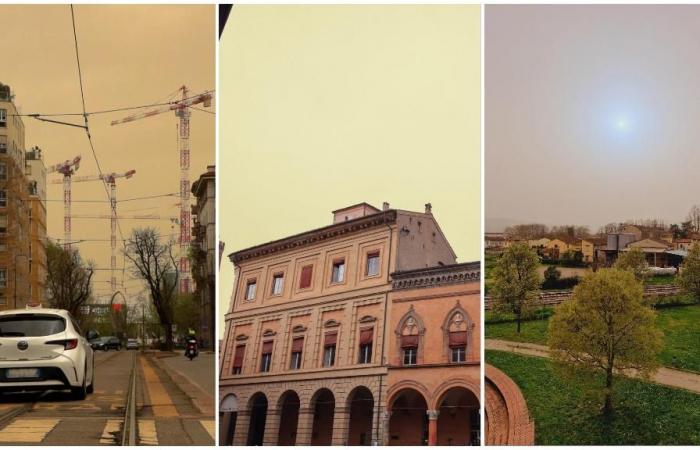Milan, 22 June 2024 – One of the most visible effects linked to the rains of recent days, full of sand arriving from the Sahara desert, is the color yellow taken from the sky at the end of the precipitation.
Yellow sky in several locations in Italy
This phenomenon has also given rise to spread of the most bizarre theories, from parascientific theses to conspiracy theorists. Responsible for the yellow tint of the firmament, however, is the “scattering”, the process that colors the sky as the Sun’s light spreads through air molecules. These days, therefore, it happens to see the yellow sky because the sun’s rays reflect the dust arriving from the desert area which crosses the northern strip of the African continent from side to side.
What is scattering
Scattering is responsible, first and foremost, for the blue/light blue color that we are used to observing in the sky: in fact, for the entire chromatic spectrum, the blue color is the most affected by the molecules that the sun’s light wave encounters on its journey to earth.
Scattering is called Rayleigh scattering, named after the scientist who illustrated it in 1899, the English physicist John William Strutt RayleighNobel Prize winner in 1904. It was he who demonstrated in 1899 that the intensity of diffused light is inversely proportional to the fourth power of the wavelength: in concrete terms this means that the blue light we see in the sky is four times more diffuse than red light because it has a shorter wavelength in the white light spectrum.
The other colors
At this point one wonders why, at dusk or dawn, the sky appears red to us. At these times of the day the sun is close to the horizon: direct solar rays, therefore, pass through a more important layer of atmosphere and they progressively lose their blue component. The sun, therefore, becomes more and more red as the sunset proceeds.
What happens is similar to the phenomenon that “dyes” the sky yellow in the presence of sand and dust in the air in the event of forest fires or large wooded areas but also in the event of volcanic eruptions. Events of this type can fill the atmosphere with particles measuring between 500 and 800 nanometers, larger than those normally scattered in the air. These particles, therefore, are capable of scattering red light.






